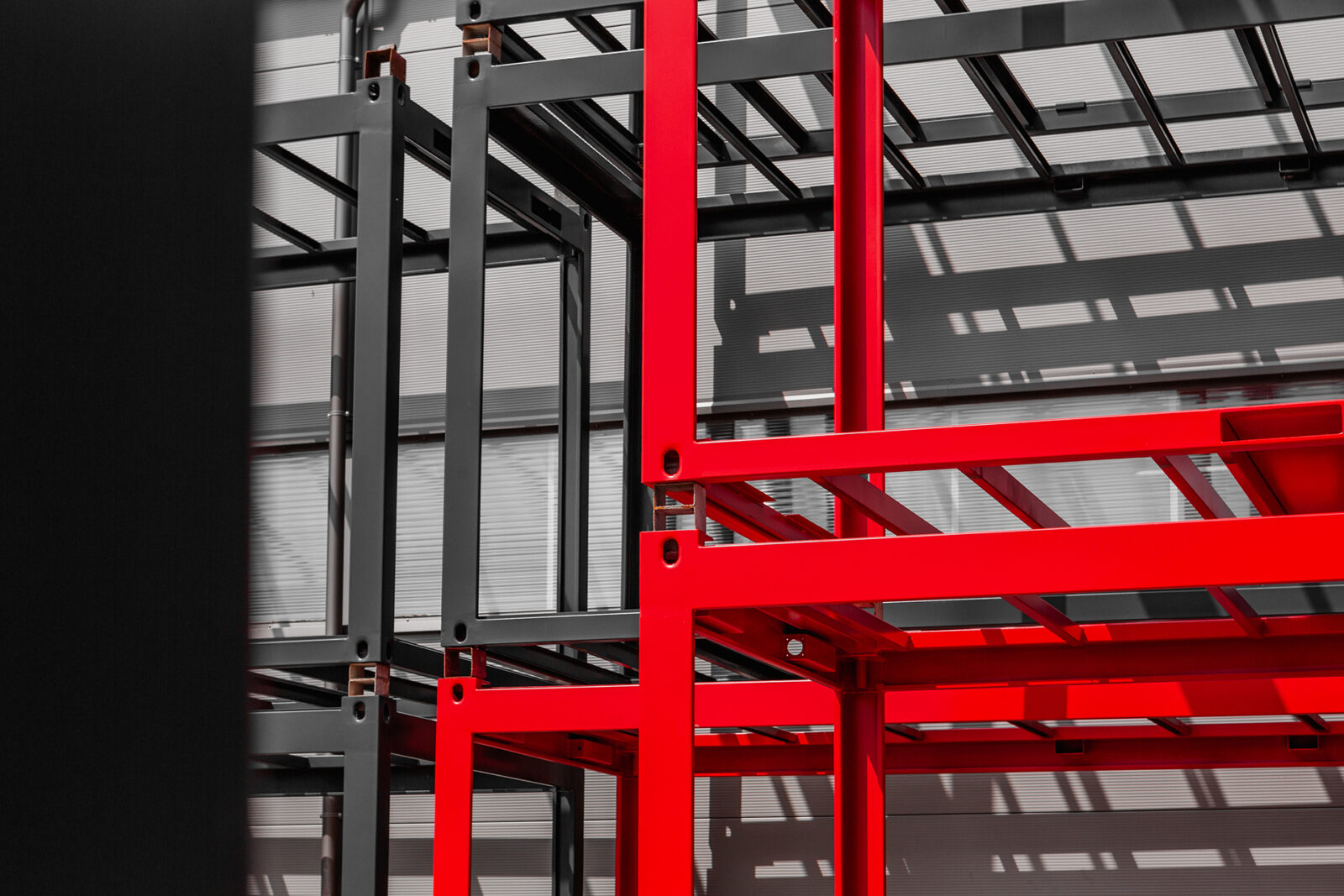The potential of modern modular construction
In construction, new solutions are being sought for more efficient, economical and faster construction of buildings. Modular construction has become a real “revolution” in this respect. In this article, we will explain what it actually is and when it applies.
What exactly is modular construction?
Modular construction is based on prefabricated units, i.e. ready modules, from which a given object is then created. Therefore, the most labor-intensive and time-consuming activities take place in the production plant. Only assembly works are carried out at the construction site, which means that it takes much less time than erecting buildings in a traditional way. Modules are created along with partition walls, window openings, and even toilets and bathrooms, and the entire facility can be ready for use immediately after connecting individual elements and connecting utilities. Containers are often used as modules, which is why you can sometimes find the term “container construction”.
The use and advantages of modular construction
Modular construction is used more and more often. In this way, primarily production facilities, halls, construction containers, shopping pavilions, etc. are created. Although residential houses made using this method are rare, it is used to erect offices, hotels, kindergartens and schools, and even hospitals.
Modular construction is appreciated primarily for the speed of implementation. Due to the use of prefabricated elements, the vast majority of the elements included in the given structure are ready before work on the construction site begins. Another argument in favor of using modular objects is high flexibility and freedom in expanding buildings. All you need to do is add more modules to make the object grow quickly and without unnecessary problems. You can also move it to another place when the need arises.
It is also worth mentioning the investment costs that are lower compared to traditional construction. Of course, in this case, everything depends on several factors, including primarily the number of modules used. Nevertheless, the prices for module preparation and subsequent assembly are lower than building an object of the same size by traditional methods.



